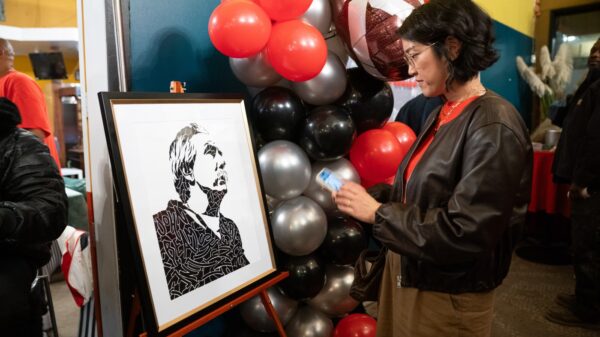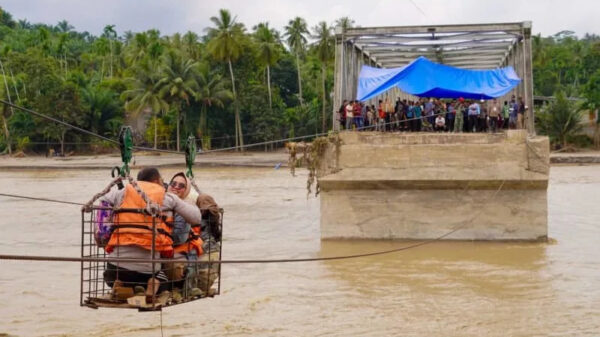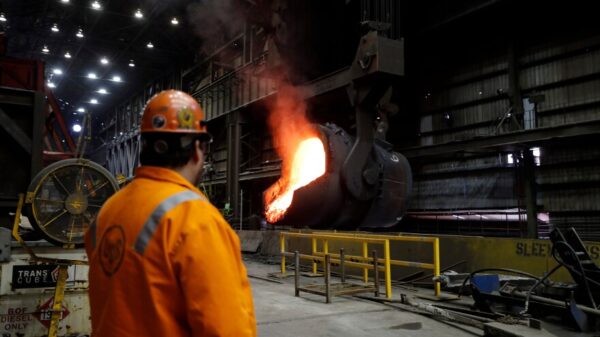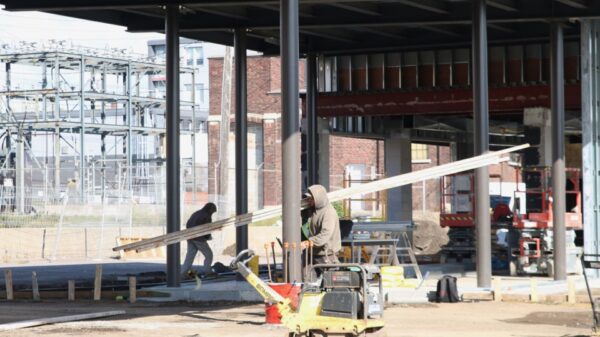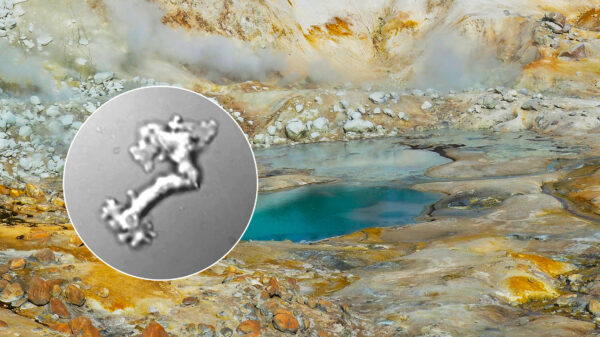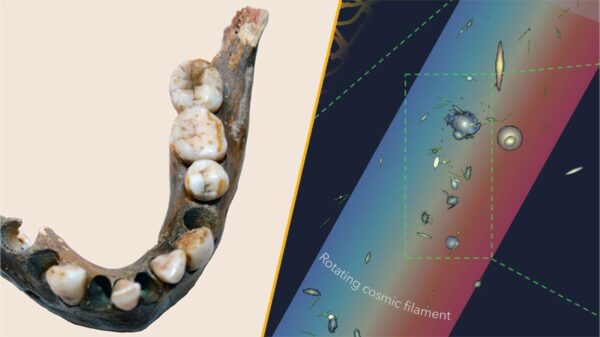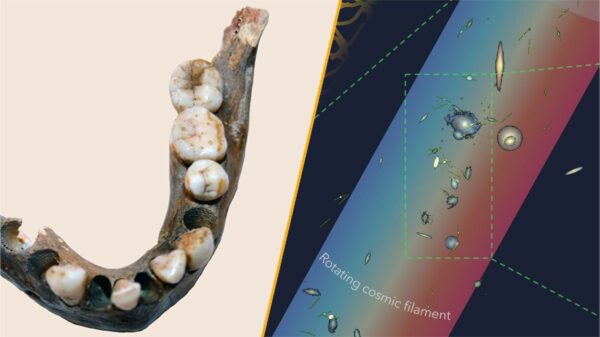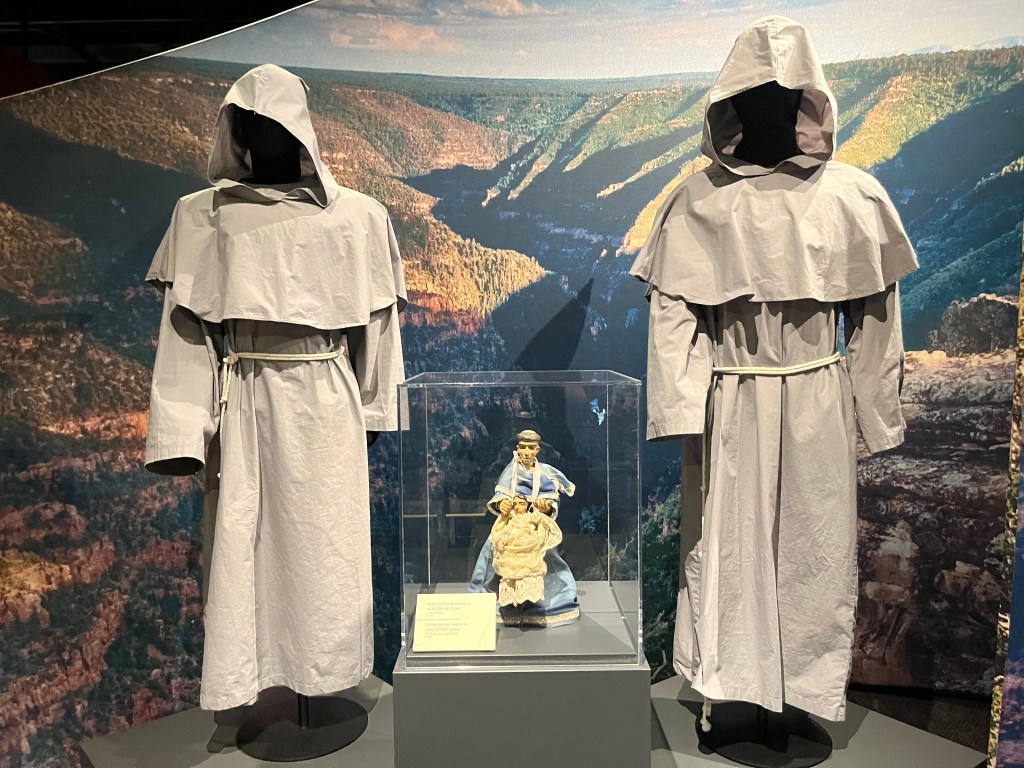A new exhibit at the History Colorado Center, titled “Expedition 1776: The Journey of Domínguez & Escalante,” offers visitors a captivating look at the adventures and challenges faced by early explorers in the American Southwest. The exhibition unveils the story of two Franciscan priests, Francisco Atanasio Domínguez and Silvestre Vélez de Escalante, who embarked on a five-month expedition starting on July 29, 1776. Their journey, which took them through present-day New Mexico, Colorado, Utah, and Arizona, is set against a backdrop of indigenous cultures and the looming presence of Spanish colonial expansion.
Curators have crafted this exhibit with a keen awareness of contemporary perspectives, recognizing that audiences today interpret historical narratives through a modern lens. The challenge lies in balancing the rich history with the complex implications of colonialism. “Expedition 1776” effectively presents the exploits of Domínguez and Escalante while also acknowledging the impact of their mission on Indigenous peoples.
Exploration and Discovery
The exhibit showcases a range of artifacts, vintage maps, and compelling narratives that bring to life the expedition’s trials. Domínguez and Escalante set out primarily to evangelize Indigenous populations, believing that failing to convert individuals meant condemning them to eternal suffering. Visitors learn that the journey was fraught with peril, as the explorers traversed difficult terrain, encountered harsh weather, and faced hostility from the peoples they sought to convert.
An array of historical items is on display, including garments worn by clergy, religious totems, and tools used by the explorers, such as pistols and cooking equipment. In a thought-provoking juxtaposition, the exhibit also features artifacts from Native American cultures, including ceramic jars and baskets. This combination allows visitors to grasp the contrasting perspectives of both cultures during these early encounters.
A highlight of the exhibition is the collection of maps created by Bernardo de Miera y Pacheco, the expedition’s mapmaker. These detailed maps not only guided the explorers but also influenced future colonial settlements and trade routes. Some of the maps illustrate the inaccuracies of early navigation, such as depicting California as an island. This historical context underscores the dual role of these maps in facilitating exploration while also enabling colonial expansion and territorial claims that disregarded Indigenous sovereignty.
Complex Narratives and Modern Reflection
“Expedition 1776” navigates the complexities of its subject matter with finesse. While celebrating the courage and determination of Domínguez and Escalante, the exhibit does not shy away from the darker aspects of their mission. The text accompanying the artifacts candidly points out that their journey contributed to the displacement of Indigenous tribes, a legacy that echoes through history.
The exhibition manages to strike a balance between showcasing the explorers as pioneering figures and acknowledging their role in a broader narrative of colonialism. It invites visitors to reflect on the implications of these historical events in today’s context, particularly in light of ongoing discussions about representation and historical interpretation in America.
The exhibit will remain open until August 2, 2026, at the History Colorado Center located at 1200 Broadway. For more information, interested visitors can contact the center at 303-447-8679 or visit their website at historycolorado.org.
“Expedition 1776: The Journey of Domínguez & Escalante” serves not only as an educational experience but also as a model for how museums can engage with challenging historical narratives. It reflects a commitment to presenting history with honesty and respect, inviting audiences to engage thoughtfully with the past and its ongoing impact on the present.


